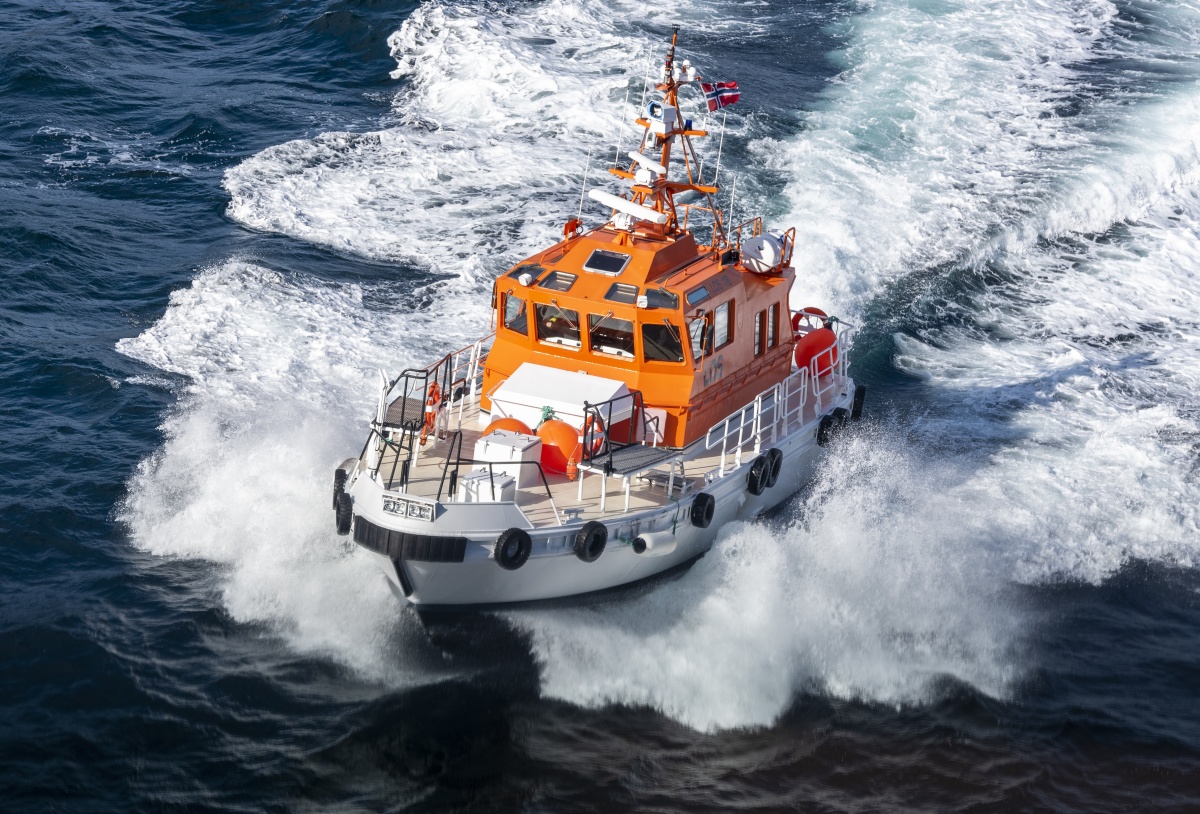In the realm of modern maritime navigation, the continuous advancements in high technologies and digitalization are catalysts for innovation. The shipping industry, a vital component of global trade, must not lag behind in embracing these advancements. Ship navigation equipment stands as a pivotal element in fostering safe and efficient navigation practices, ultimately leading to cost reduction and minimized travel time.
Ship navigation equipment encompasses an array of technical tools and instruments meticulously crafted to ascertain a vessel's position and govern its movement. The efficacy of maritime operations hinges upon the precise utilization of these indispensable tools, ranging from traditional compasses to cutting-edge electronic systems.

Types of Navigation Equipment and Instruments
Marine navigation and communication equipment boasts a diverse array of instruments and systems tailored to facilitate effective navigation and vessel control while traversing the seas. The primary categories of marine navigation equipment include:
-
Radio Navigation Systems: At the forefront is the global satellite navigation system (GPS or its alternatives), furnishing real-time, pinpoint accuracy regarding a vessel's whereabouts. By harnessing signals from multiple satellites, GPS receivers furnish precise navigation data, enabling meticulous route planning.
-
Echo Sounders: These instruments gauge the water depth beneath a vessel's keel, mitigating potential threats lurking beneath the water's surface.

-
Radars: Crucial for detecting other vessels, obstacles, and objects amid challenging weather conditions and across vast distances.
-
Automatic Identification System (AIS) facilitates the exchange of crucial vessel information such as position, speed, and heading, augmenting collision avoidance measures.
-
Compass is a quintessential navigational aid steeped in centuries-old tradition. Modern vessels typically employ two types: magnetic compasses and gyrocompasses. The latter, leveraging gyroscope properties, offer superior accuracy compared to their magnetic counterparts, which are susceptible to interference.

-
Electronic Chart Display and Information System (ECDIS). This system furnishes comprehensive route visualization, vessel tracking, and access to vital navigational parameters such as depth and tidal information.
-
Dynamic Positioning Systems (DPS) is vital for maintaining a vessel's position sans anchor, particularly in locales characterized by strong currents or wind.
Applications of Navigation Equipment
What is navigation equipment used for?
Navigation equipment finds utility across all stages of a voyage, from meticulous route planning to safe arrival at the intended destination.
Route Planning: Navigation equipment streamlines route planning endeavors by factoring in variables such as weather conditions, currents, water depth, and potential traffic, thereby enhancing safety and expediting passage.
Hazard Detection: During voyages, radar systems and allied navigation aids facilitate the detection of perilous elements such as other vessels, icebergs, rocks, and submerged hazards. This preemptive detection empowers captains to enact timely measures to avert collisions and other emergent situations.

Motion Control: Navigation equipment assumes a pivotal role in overseeing vessel movement, encompassing speed regulation, heading control, and maneuvering, particularly during port approaches, tight maneuvering situations, and instances of poor visibility.
In conclusion, ship navigation equipment stands as a cornerstone in safeguarding maritime navigation's safety and efficiency. Leveraging modern technologies, mariners can precisely ascertain vessel positions, identify hazards, and proficiently govern vessel movements under diverse conditions.
Explore the appropriate section of our website to peruse and procure the requisite equipment for your maritime endeavors.






